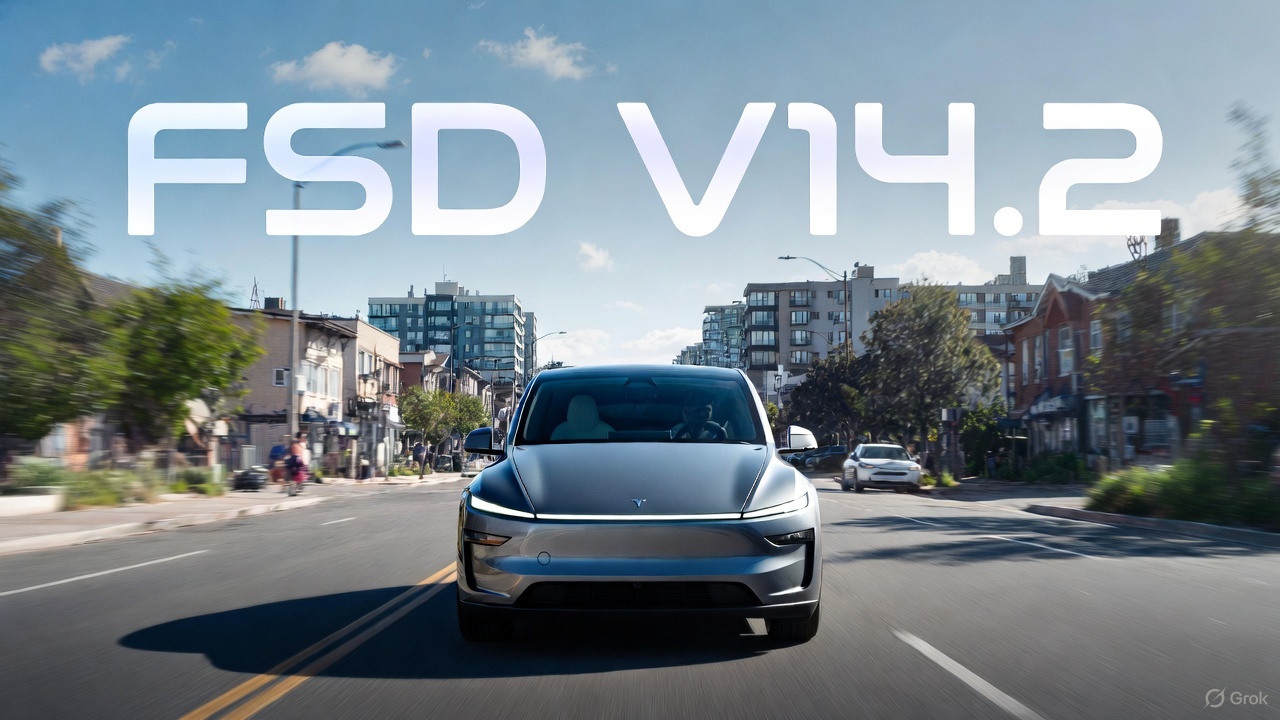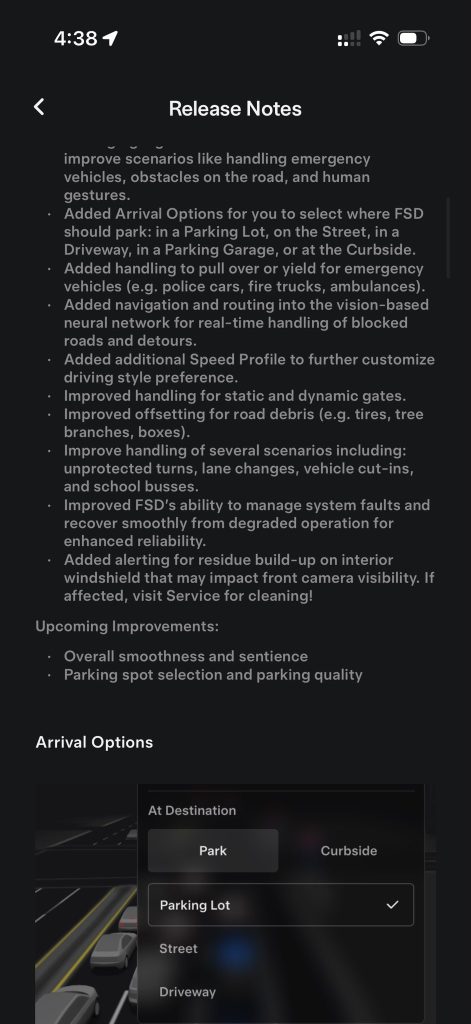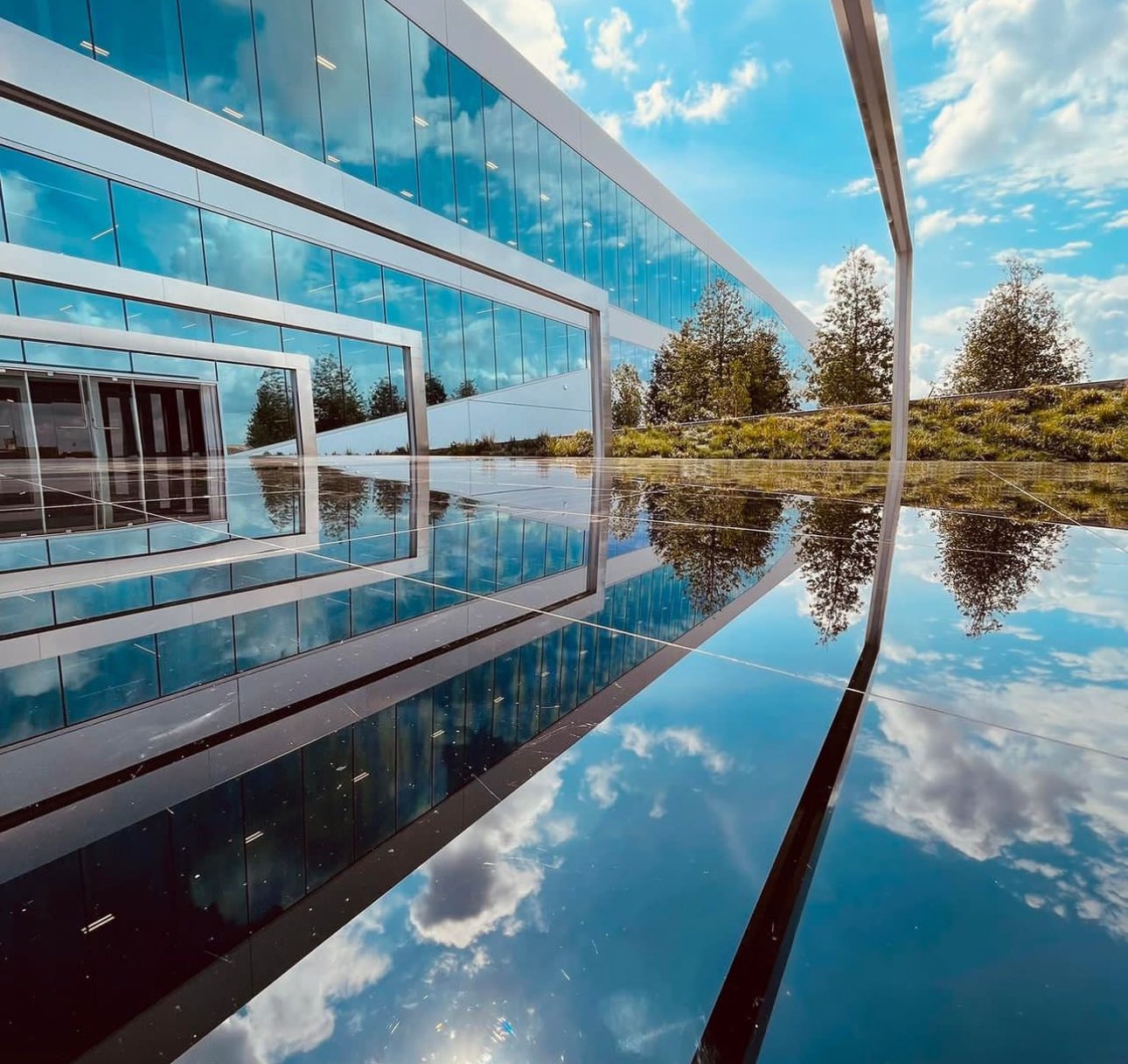Tesla has been approved to invest $750,000 in nine local organizations in Texas this year, significantly exceeding its required investments. Although the company is required to give a certain percentage of its taxes as community investments, the figure nearly doubles the required amount from last year, and one official went on to call the automaker’s contributions “really impressive.”
Travis County commissioners approved Tesla for $750,000 in investments to local organizations in 2023, as shared by the automaker in a report this week (via Fox 7 Austin). Tesla is required to invest about 10 percent of operations and maintenance property taxes into organizations near its Gigafactory in Austin, Texas, and in its official headquarters of Del Valle.
When Tesla established its headquarters in Del Valle, which officially opened in 2022 after being announced in 2020, part of the agreement included giving back to the community. Travis County Director of Economic Development Christy Moffett recently explained the agreement upon the commission’s approval of Tesla’s 2023 investment plan.
“Tesla has an obligation to spend an equivalent of at least 10 percent of the operations and maintenance ad valorem property tax owed by the company over the term of the agreement in one or more of the programs identified,” Moffett said.
Tesla’s maintenance and operational taxes amounted to a little more than $2.9 million in 2022, according to Fox 7 Austin, so the 10-percent requirement would equate to $298,000. The $750,000 Tesla has been approved for is more than double the 2022 figure.
“To see what has happened there because of the hard work of a lot of people, it’s really cool to see that,” said Rohan Patel, Tesla’s director of public policy.
The investments are broken up into increments ranging from as little as $12,000 to over $350,000, and will go toward organizations such as Del Valle school needs, along with multiple social and environmental groups.
“These things demonstrate to youth that there is something on the other side if [they] stay in school,” Travis County Precinct 1 Commissioner Jeff Travillion said.
The nine organizations are as follows, according to Tesla’s report to the county:
| Community Partner
|
Funding Amount
|
Program Description
|
| Ecorise
|
$100,000
|
Student Innovation Fund creating access to career pathways.
|
| American Youthworks
|
$30,000
|
New training and production equipment for Manufacturing Program, providing workforce training.
|
| Colorado River Alliance
|
$25,000
|
River clean-up and environmental education activities.
|
| Black Leaders’ Collective
|
$32,000
|
State of Black Education Program to improve career opportunities.
|
| Austin Area Urban League
|
$75,000
|
Green Jobs Initiative improving training and access to careers in the sustainability sector.
|
| Partners for Education Agriculture and Sustainability (PEAS)
|
$100,000
|
Sustainability/ Environmental programming to six elementary schools (AISD and Manor ISD) and prepare programming for the 4 Del Valle elementary schools.
|
| Workforce Solutions Teacher Externships
|
$12,000
|
2023 Summer Educator Externship Program. Tesla led training and teaching opportunities at Giga Texas.
|
| Del Valle ISD Staff
|
$376,880
|
Creation of 3 new DVISD roles to directly support career opportunities.
|
| Del Valle High School P-Tech Equipment
|
TBD
|
Manufacturing and Robotics equipment for classroom training.
|
Among the many programs are the addition of new roles at the Del Valle School District to support career development, and multiple education and training opportunities for students and teachers. The automaker is also expanding a 120-acre area to the west of Giga Texas as a pilot program for ecological restoration.
“The whole goal with this pilot project, which is a fairly large pilot project, is to get a lot of learnings about what works on this site and maybe what doesn’t and continue applying this along our river frontage,” said Logan Grant, Tesla factory engineer.
The news comes ahead of Tesla’s third-quarter earnings report on Wednesday evening at 5:30 pm ET.
“This is really impressive. I know there’s lots of chatter in the community about Musk and Tesla and all of that, but what you’ve created here is really remarkable,” said Brigid Shea, Travis County Precinct 2 Commissioner.
Tesla partners with Del Valle ISD on student training program for Giga Texas
What are your thoughts? Let me know at zach@teslarati.com, find me on X at @zacharyvisconti, or send your tips to us at tips@teslarati.com.

Elon Musk
SpaceX Starship Version 3 booster crumples in early testing
Photos of the incident’s aftermath suggest that Booster 18 will likely be retired.

SpaceX’s new Starship first-stage booster, Booster 18, suffered major damage early Friday during its first round of testing in Starbase, Texas, just one day after rolling out of the factory.
Based on videos of the incident, the lower section of the rocket booster appeared to crumple during a pressurization test. Photos of the incident’s aftermath suggest that Booster 18 will likely be retired.
Booster test failure
SpaceX began structural and propellant-system verification tests on Booster 18 Thursday night at the Massey’s Test Site, only a few miles from Starbase’s production facilities, as noted in an Ars Technica report. At 4:04 a.m. CT on Friday, a livestream from LabPadre Space captured the booster’s lower half experiencing a sudden destructive event around its liquid oxygen tank section. Post-incident images, shared on X by @StarshipGazer, showed notable deformation in the booster’s lower structure.
Neither SpaceX nor Elon Musk had commented as of Friday morning, but the vehicle’s condition suggests it is likely a complete loss. This is quite unfortunate, as Booster 18 is already part of the Starship V3 program, which includes design fixes and upgrades intended to improve reliability. While SpaceX maintains a rather rapid Starship production line in Starbase, Booster 18 was generally expected to validate the improvements implemented in the V3 program.
Tight deadlines
SpaceX needs Starship boosters and upper stages to begin demonstrating rapid reuse, tower catches, and early operational Starlink missions over the next two years. More critically, NASA’s Artemis program depends on an on-orbit refueling test in the second half of 2026, a requirement for the vehicle’s expected crewed lunar landing around 2028.
While SpaceX is known for diagnosing failures quickly and returning to testing at unmatched speed, losing the newest-generation booster at the very start of its campaign highlights the immense challenge involved in scaling Starship into a reliable, high-cadence launch system. SpaceX, however, is known for getting things done quickly, so it would not be a surprise if the company manages to figure out what happened to Booster 18 in the near future.
News
Tesla FSD (Supervised) is about to go on “widespread” release
In a comment last October, Elon Musk stated that FSD V14.2 is “for widespread use.”

Tesla has begun rolling out Full Self-Driving (Supervised) V14.2, and with this, the wide release of the system could very well begin.
The update introduces a new high-resolution vision encoder, expanded emergency-vehicle handling, smarter routing, new parking options, and more refined driving behavior, among other improvements.
FSD V14.2 improvements
FSD (Supervised) V14.2’s release notes highlight a fully upgraded neural-network vision encoder capable of reading higher-resolution features, giving the system improved awareness of emergency vehicles, road obstacles, and even human gestures. Tesla also expanded its emergency-vehicle protocols, adding controlled pull-overs and yielding behavior for police cars, fire trucks, and ambulances, among others.
A deeper integration of navigation and routing into the vision network now allows the system to respond to blocked roads or detours in real time. The update also enhances decision-making in several complex scenarios, including unprotected turns, lane changes, vehicle cut-ins, and interactions with school buses. All in all, these improvements should help FSD (Supervised) V14.2 perform in a very smooth and comfortable manner.
Elon Musk’s predicted wide release
The significance of V14.2 grows when paired with Elon Musk’s comments from October. While responding to FSD tester AI DRIVR, who praised V14.1.2 for fixing “95% of indecisive lane changes and braking” and who noted that it was time for FSD to go on wide release, Musk stated that “14.2 for widespread use.”
FSD V14 has so far received a substantial amount of positive reviews from Tesla owners, many of whom have stated that the system now drives better than some human drivers as it is confident, cautious, and considerate at the same time. With V14.2 now rolling out, it remains to be seen if the update also makes it to the company’s wide FSD fleet, which is still populated by a large number of HW3 vehicles.
News
Tesla FSD V14.2 starts rolling out to initial batch of vehicles
It would likely only be a matter of time before FSD V14.2 videos are posted and shared on social media.

Tesla has begun pushing Full Self-Driving (Supervised) v14.2 to its initial batch of vehicles. The update was initially observed by Tesla owners and veteran FSD users on social media platform X on Friday.
So far, reports of the update have been shared by Model Y owners in California whose vehicles are equipped with the company’s AI4 hardware, though it would not be surprising if more Tesla owners across the country receive the update as well.
Based on the release notes of the update, key improvements in FSD V14.2 include a revamped neural network for better detection of emergency vehicles, obstacles, and human gestures, as well as options to select arrival spots.
It would likely only be a matter of time before FSD V14.2 videos are posted and shared on social media.
Following are the release notes of FSD (Supervised) V14.2, as shared on X by longtime FSD tester Whole Mars Catalog.


Release Notes
2025.38.9.5
Currently Installed
FSD (Supervised) v14.2
Full Self-Driving (Supervised) v14.2 includes:
- Upgraded the neural network vision encoder, leveraging higher resolution features to further improve scenarios like handling emergency vehicles, obstacles on the road, and human gestures.
- Added Arrival Options for you to select where FSD should park: in a Parking Lot, on the Street, in a Driveway, in a Parking Garage, or at the Curbside.
- Added handling to pull over or yield for emergency vehicles (e.g. police cars, fire trucks, ambulances.
- Added navigation and routing into the vision-based neural network for real-time handling of blocked roads and detours.
- Added additional Speed Profile to further customize driving style preference.
- Improved handling for static and dynamic gates.
- Improved offsetting for road debris (e.g. tires, tree branches, boxes).
- Improve handling of several scenarios including: unprotected turns, lane changes, vehicle cut-ins, and school busses.
- Improved FSD’s ability to manage system faults and improve scenarios like handling emergency vehicles, obstacles on the road, and human gestures.
- Added Arrival Options for you to select where FSD should park: in a Parking Lot, on the Street, in a Driveway, in a Parking Garage, or at the Curbside.
- Added handling to pull over or yield for emergency vehicles (e.g. police cars, fire trucks, ambulances).
- Added navigation and routing into the vision-based neural network for real-time handling of blocked roads and detours.
- Added additional Speed Profile to further customize driving style preference.
- Improved handling for static and dynamic gates.
- Improved offsetting for road debris (e.g. tires, tree branches, boxes).
- Improve handling of several scenarios, including unprotected turns, lane changes, vehicle cut-ins, and school buses.
- Improved FSD’s ability to manage system faults and recover smoothly from degraded operation for enhanced reliability.
- Added alerting for residue build-up on interior windshield that may impact front camera visibility. If affected, visit Service for cleaning!
Upcoming Improvements:
- Overall smoothness and sentience
- Parking spot selection and parking quality










